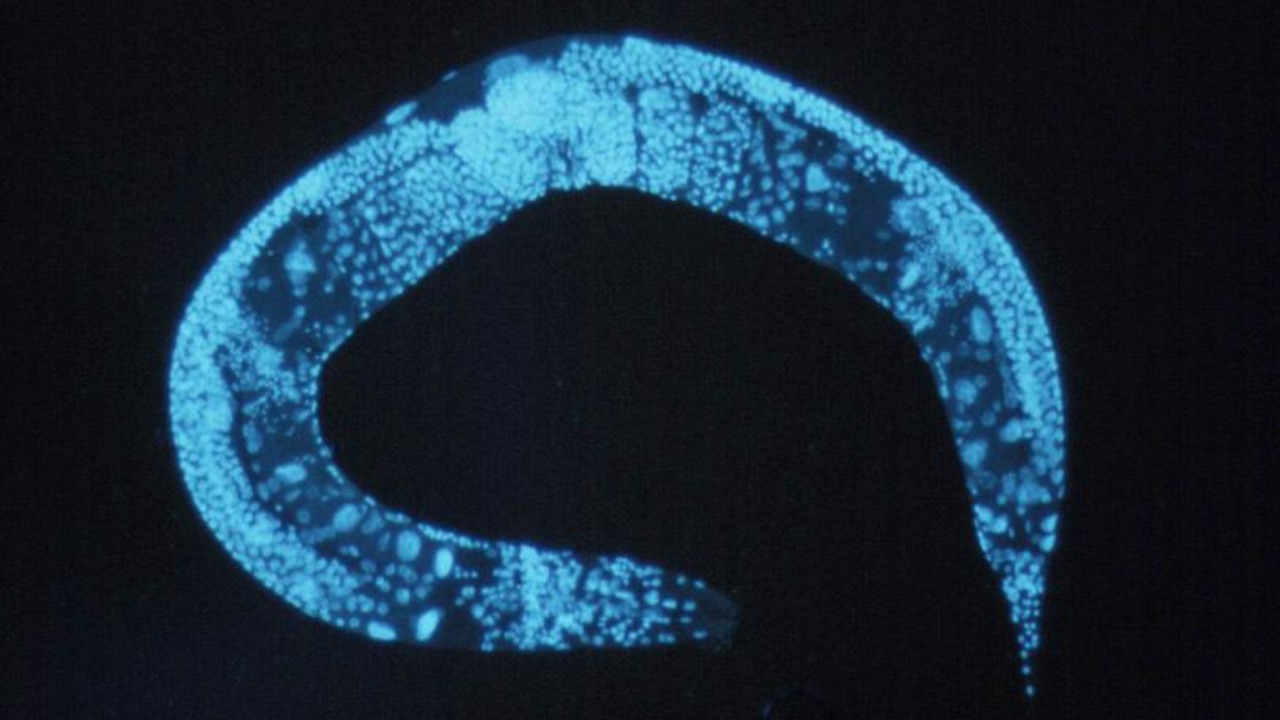
Recent research has uncovered a fascinating mechanism in the nematode worm C. elegans that could have profound implications for regenerative medicine and species conservation. Scientists have discovered that hitchhiking DNA, when integrated into a gene, can solve complex biological puzzles such as the function of telomerase. This discovery not only sheds light on the adaptability of genetic material but also suggests a potential pathway to prevent species extinction by enhancing genetic resilience. The findings, announced on October 23, 2025, build on earlier observations from 2021, which noted the ability of DNA to jump between animal species, though the frequency of such events remains uncertain.
Discovery of Hitchhiking DNA in C. elegans
The role of hitchhiking DNA in resolving the telomerase puzzle within C. elegans is a breakthrough in understanding how extraneous DNA can integrate into a gene to enhance its function. This integration has provided insights into the telomerase enzyme, which is crucial for maintaining chromosome integrity and cellular longevity. The process involves the incorporation of foreign DNA sequences into the genetic makeup of C. elegans, allowing it to solve longstanding biological puzzles that have stumped scientists for years.
The announcement of this research on October 23, 2025, marks a significant milestone in genetic research. By understanding how hitchhiking DNA can be integrated into the genome of C. elegans, researchers are opening up new avenues for developing regenerative medical therapies that could potentially extend to other species, including humans. This discovery not only advances our knowledge of genetic adaptability but also highlights the potential for genetic interventions in conservation efforts.
Mechanisms of DNA Pickup and Gene Integration
The process by which hitchhiking DNA is picked up by a gene involves complex molecular interactions that allow foreign DNA to integrate seamlessly into the host genome. This mechanism, as detailed in a recent study, could be pivotal in enhancing the genetic resilience of species facing extinction. By incorporating beneficial genetic material from external sources, organisms may develop new traits that improve their survival and adaptability in changing environments.
The potential for this integration to save a species from extinction is profound. As environmental pressures increase, the ability of species to adapt quickly through genetic means could be crucial for their survival. The research published on October 23, 2025, underscores the importance of understanding these genetic mechanisms as a means to bolster conservation efforts and maintain biodiversity.
DNA Transfer Across Animal Species
Instances of DNA jumping between animal species have been documented, although the frequency of such events remains a mystery. This phenomenon, explored in a 2021 report, highlights the potential for genetic material to move across species boundaries, facilitating the exchange of beneficial traits. While the exact mechanisms and frequency of these transfers are not fully understood, the implications for evolution and species adaptation are significant.
The uncertainty surrounding how often DNA jumps between species poses challenges for scientists attempting to quantify its impact on evolutionary processes. The historical context provided by the June 9, 2021, report emphasizes the need for further research to unravel the complexities of interspecies DNA movement and its role in shaping the genetic landscape of the animal kingdom.
Regenerative and Conservation Implications
The regenerative promise stemming from the role of hitchhiking DNA in C. elegans telomerase is a testament to the potential of genetic research to revolutionize medicine. By understanding how these DNA sequences can enhance cellular functions, scientists are paving the way for therapies that could repair damaged tissues and extend healthy lifespans. This regenerative promise is a beacon of hope for medical advancements that could benefit a wide range of species, including humans.
Moreover, the integration of hitchhiking DNA into genes may save a species from extinction by bolstering their genetic toolkit. This capability to incorporate advantageous traits from external sources could be a game-changer for conservation efforts, providing species with the means to adapt to rapidly changing environments. The potential for genetic interventions to avert extinction is a compelling argument for continued research into the mechanisms of DNA integration and transfer.
Finally, the broader implications of DNA jumping events across animal species suggest potential evolutionary advantages that could enhance the adaptability of animal populations. By facilitating the exchange of genetic material, these events may contribute to the development of new traits that improve survival and reproductive success. Understanding the frequency and impact of these DNA jumps is crucial for appreciating their role in the evolutionary history of life on Earth.
More from MorningOverview